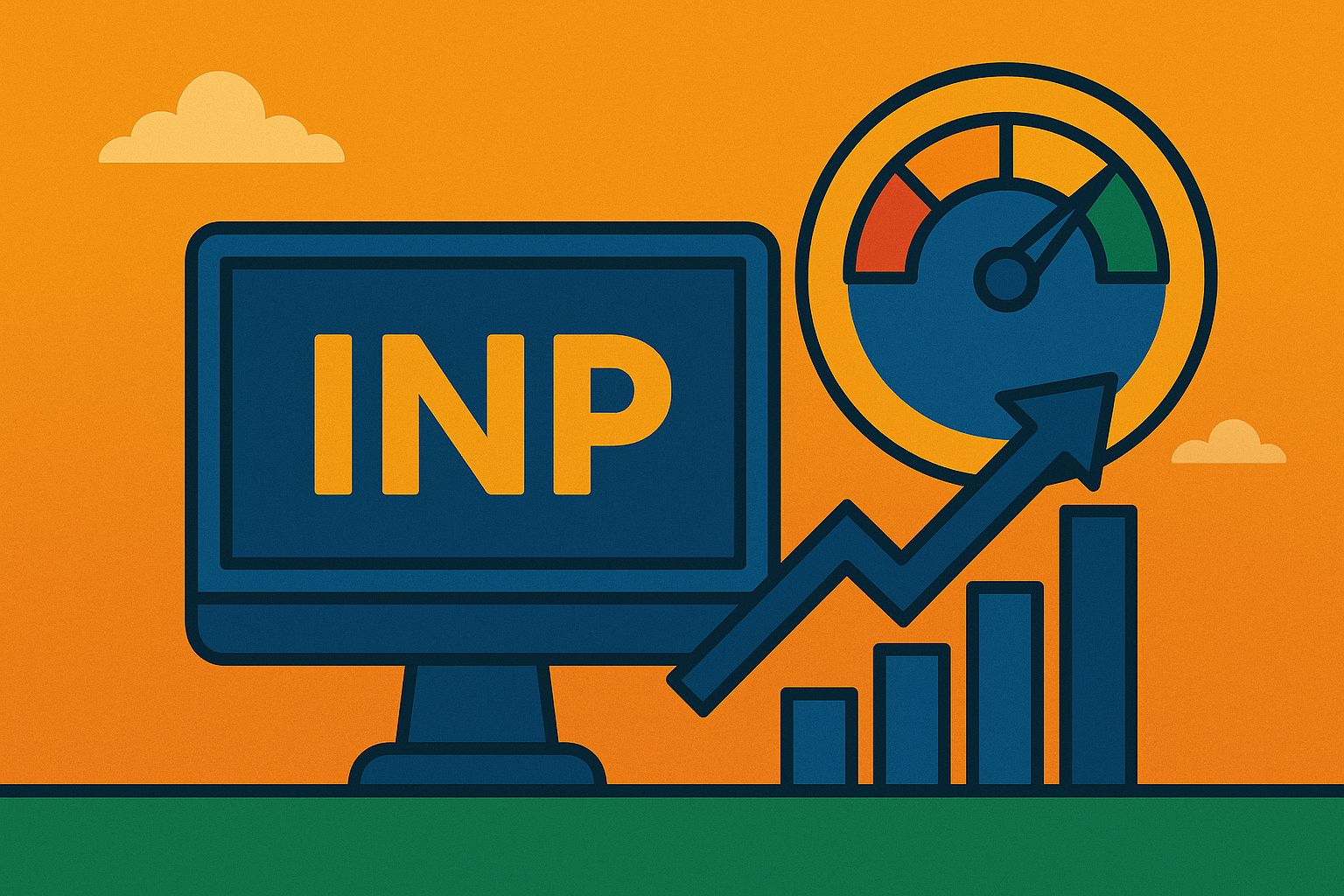Businesses must optimize their online presence to remain competitive and reach their full potential. SEO (Search Engine Optimization) marketing has emerged as a critical tool for this transformation. Through effective SEO strategies, businesses can enhance visibility, drive more organic traffic, and improve overall user engagement. In this comprehensive guide, we will delve into how SEO marketing unlocks your business’s online potential, covering the latest trends, strategies, and actionable insights that will inform and empower you to take control of your digital footprint.
What is SEO Marketing?
SEO marketing is the practice of optimizing a website to improve its visibility in search engine results pages (SERPs). The goal is to ensure that the website ranks higher for relevant keywords, which increases its chances of being seen by potential customers. SEO encompasses both on-page and off-page techniques, including keyword research, content creation, link building, and technical SEO practices.
In simpler terms, SEO is like building a bridge between your business and your target audience by making it easier for them to find you when searching for relevant information, products, or services. With the explosion of online competition, SEO has become indispensable for businesses looking to expand their online footprint and grow organically.
The Importance of SEO in Unlocking Business Potential
- Enhanced Visibility and Traffic Generation SEO marketing helps you improve your search engine rankings, which leads to increased visibility for your business. A website that ranks at the top of Google for targeted keywords receives more organic traffic than one buried in the second or third pages of the results. This is critical for any business looking to grow its online presence, as organic traffic typically converts better than paid traffic due to its high intent.
A comprehensive SEO strategy focuses on optimizing various aspects of your website, from content creation to technical fixes, ensuring your business can reach a wider audience. - Building Brand Credibility and Trust When users see your website at the top of SERPs, they are more likely to view your brand as authoritative and trustworthy. Studies show that users are more likely to trust websites that appear on the first page of search results, especially if they rank highly for competitive terms.
SEO marketing enables your business to consistently appear at the top for key search queries, which helps build long-term brand credibility. This trust translates into better brand recognition, higher engagement, and a better relationship with potential customers. - Cost-Effectiveness Compared to paid advertising, SEO marketing is incredibly cost-effective in the long run. Although paid ads can generate immediate results, they come at a high cost. Once you stop paying for ads, your traffic also stops. On the other hand, SEO marketing provides sustainable growth over time. Once you rank high for specific keywords, your business will continue receiving organic traffic without additional spending.
By investing in a well-executed SEO strategy, businesses can enjoy steady, long-term growth that doesn’t require continuous financial input. - Targeting the Right Audience One of the most significant advantages of SEO is its ability to target a highly relevant audience. Instead of casting a wide net with generic marketing strategies, SEO allows you to focus on people who are actively searching for your products or services. This increases the likelihood of conversions and reduces wasted marketing efforts.
By using targeted keywords and optimized content, you can attract visitors who are genuinely interested in what your business has to offer. This leads to higher engagement, more conversions, and, ultimately, greater revenue. - Boosting User Experience (UX) SEO marketing is not only about search engines—it’s also about improving user experience (UX). Websites optimized for SEO tend to load faster, be mobile-friendly, and provide easy navigation. Google, for example, rewards websites that offer a great user experience by ranking them higher in search results.
By focusing on both SEO and UX, businesses can create a seamless online experience for users, increasing the likelihood of repeat visitors, reducing bounce rates, and boosting overall customer satisfaction. - Long-Term Competitive Edge SEO marketing doesn’t just benefit your business immediately—it helps you build a strong foundation for long-term growth. By consistently optimizing your website and staying on top of the latest SEO trends, you can ensure that your business remains competitive in an ever-changing digital landscape.
A well-implemented SEO strategy makes it harder for competitors to overtake you in search rankings, allowing you to maintain a competitive edge in your industry. Over time, this edge will translate into more significant market share and increased revenue.
Latest Trends in SEO Marketing
1. Voice Search Optimization
With the growing popularity of voice assistants like Amazon Alexa, Google Assistant, and Apple’s Siri, voice search has become an integral part of how users interact with search engines. As more consumers use voice search for daily queries, optimizing content for voice search has become a crucial aspect of SEO marketing.
Why It Matters:
Voice search queries differ significantly from text-based searches. They are often longer and more conversational in nature. For example, a user might type “best Italian restaurants NYC,” but a voice search might sound like, “What are the best Italian restaurants in New York City?” This means businesses need to optimize for long-tail keywords and phrases that reflect natural speech patterns.
How to Leverage Voice Search for SEO:
- Focus on Conversational Keywords: Shift your keyword research to include conversational, long-tail keywords that mirror how people speak. Tools like Google’s Keyword Planner or AnswerThePublic can help you find these phrases.
- Optimize for Featured Snippets: Voice search assistants often pull answers from featured snippets or position zero in Google search results. Structuring your content in a Q&A format and providing concise answers can help you capture this coveted spot.
- Enhance Local SEO: Voice search is commonly used for local searches, such as “near me” queries. Optimize your business for local SEO by ensuring your Google My Business listing is updated with correct information, using location-specific keywords, and getting local backlinks.
2. Artificial Intelligence (AI) and Machine Learning in SEO
AI and machine learning are transforming how search engines rank content and how marketers approach SEO strategies. Google’s RankBrain, an AI-based algorithm, has been influencing search rankings for years, focusing on understanding user intent rather than simply matching keywords.
Why It Matters:
AI algorithms are getting smarter at interpreting user behavior, search intent, and content relevance. The use of AI in search means that businesses can no longer rely on outdated tactics like keyword stuffing or low-quality backlinks. Instead, Google’s AI is looking for signals that show how well your content satisfies user needs, how engaging it is, and how trustworthy your website appears.
How to Leverage AI for SEO:
- Content Optimization with AI Tools: Use AI-powered tools like Clearscope, MarketMuse, and Frase to analyze your content and identify gaps based on your competitors’ content. These tools suggest keywords, content topics, and optimize your content for both search engines and user engagement.
- Improve User Experience: AI evaluates user signals like click-through rates, dwell time, and bounce rates. Ensure your website provides a seamless user experience by improving loading speeds, mobile optimization, and intuitive navigation. Positive user interactions will send strong ranking signals to search engines.
- AI for Predictive Analytics: Marketers can now use AI tools to predict future search trends and behaviors. By understanding these trends, businesses can adjust their SEO strategies in advance, staying ahead of the competition.
3. Core Web Vitals and Page Experience Update
In 2021, Google introduced the Core Web Vitals as part of its larger Page Experience Update, which made user experience (UX) an official ranking factor. Core Web Vitals focus on three key metrics: Largest Contentful Paint (LCP), First Input Delay (FID), and Cumulative Layout Shift (CLS). These metrics measure page load time, interactivity, and visual stability, respectively.
Why It Matters:
Page speed and user experience have long been vital for keeping users on your site, but now they also directly impact your rankings. Websites that fail to meet the Core Web Vitals thresholds will see lower search rankings, even if their content is well-optimized. Google wants to prioritize pages that provide a seamless, fast, and visually stable experience for users.
How to Optimize for Core Web Vitals:
- Improve Loading Speed: Use tools like Google PageSpeed Insights and Lighthouse to assess your site’s LCP. Optimize images, enable lazy loading, and leverage browser caching to improve load times.
- Minimize Layout Shifts: Unstable layout shifts happen when web elements load in at different times, disrupting the user experience. Ensure CSS is optimized, and avoid inserting elements that push content down as the page loads.
- Reduce First Input Delay: Ensure that interactive elements, such as forms and buttons, respond quickly when users engage with them. Optimizing JavaScript execution and minimizing third-party scripts can reduce FID.
4. Mobile-First Indexing and Mobile SEO
Google’s mobile-first indexing means the search engine predominantly uses the mobile version of the content for indexing and ranking. Given that more than half of global web traffic comes from mobile devices, businesses must prioritize mobile SEO to stay competitive.
Why It Matters:
Mobile-first indexing means Google views your mobile site as the “primary” version of your site. If your mobile site is poorly optimized—slow loading times, difficult navigation, or missing content—it will hurt your rankings even on desktop searches.
How to Optimize for Mobile SEO:
- Responsive Design: Ensure your website is fully responsive and adapts to any screen size, whether it’s a smartphone, tablet, or desktop. Test your website across various devices to identify any design or usability issues.
- Mobile Page Speed: Mobile users expect faster loading times. Compress images, use lightweight code, and enable AMP (Accelerated Mobile Pages) where applicable.
- Mobile-Friendly Content: Ensure that your content is easy to read on mobile devices. Use shorter paragraphs, larger fonts, and intuitive touch controls for mobile navigation.
5. E-A-T (Expertise, Authoritativeness, Trustworthiness)
Google’s focus on E-A-T (Expertise, Authoritativeness, and Trustworthiness) is a response to the rise of misinformation and low-quality content. Websites that demonstrate these qualities rank higher, especially in Your Money Your Life (YMYL) niches like finance, healthcare, and legal.
Why It Matters:
Google wants to ensure that the content it ranks highly is reliable and comes from credible sources. This is particularly important for industries where users depend on accurate and trustworthy information. SEO strategies that focus on building E-A-T signals will help businesses not only rank higher but also establish long-term credibility with their audience.
How to Optimize for E-A-T:
- Showcase Author Expertise: Include author bios with credentials on all content pages. If you’re creating blog content, ensure it’s written or reviewed by experts in the field. Link to authoritative sources and avoid overly promotional content.
- Earn High-Quality Backlinks: Building backlinks from reputable websites signals to Google that your content is trustworthy. Focus on acquiring links from authoritative domains in your industry through guest blogging, partnerships, and thought leadership.
- Improve On-Site Transparency: Add elements like a clear privacy policy, terms of service, and contact information. Demonstrating transparency builds user trust, which in turn can improve your site’s credibility with search engines.
6. Structured Data and Schema Markup
Structured data and schema markup help search engines better understand the content of your website. By using structured data, you can provide additional context to search engines, which can result in rich snippets, including reviews, ratings, product details, and FAQs, directly in the search results.
Why It Matters:
Rich snippets stand out in SERPs, attracting more clicks and providing users with helpful information before they even visit your site. Structured data also helps search engines index your content more effectively, improving your chances of ranking higher.
How to Implement Structured Data:
- Add Schema Markup: Use schema.org to find the relevant schema types for your business, whether it’s a local business, product, review, or recipe. Implement this structured data using Google’s Structured Data Markup Helper.
- Target Rich Snippets: Optimize your content for common rich snippet types like FAQs, how-tos, and reviews. These are commonly pulled from structured data and can significantly increase click-through rates.
- Monitor Structured Data Errors: Use Google Search Console to monitor any errors related to your structured data. Fixing these errors will ensure that Google can interpret and display your rich snippets correctly.
7. Video SEO
With the explosive growth of video platforms like YouTube, TikTok, and Instagram, optimizing video content for SEO is becoming crucial. Google and other search engines now include video results in SERPs, making it important for businesses to tap into the video SEO trend.
Why It Matters:
Video content is more engaging and has higher retention rates than text-based content. Search engines prioritize video results for specific queries, especially how-to guides, product reviews, and tutorials. Optimizing your video content for search can drive significant traffic to both your videos and your website.
How to Optimize for Video SEO:
- Optimize Video Titles and Descriptions: Include relevant keywords in your video title, description, and tags. This helps search engines understand the video’s content and rank it for appropriate queries.
- Video Transcripts and Captions: Providing transcripts or captions not only makes your videos more accessible but also gives search engines more context to index. This can improve the video’s search visibility.
- Host Videos on Multiple Platforms: While YouTube is the largest platform, don’t limit yourself. Upload videos to Vimeo, Facebook, and your own website to maximize reach. Embed videos on your website to increase engagement and time spent on the page, which are positive SEO signals.
Practical Steps to Implementing SEO Marketing for Business Growth
- Conduct Comprehensive Keyword Research Start by researching keywords that your target audience is searching for. Use tools like Google Keyword Planner, SEMrush, or Ahrefs to identify relevant keywords that are aligned with your business goals. Focus on long-tail keywords like “unlocking online business potential with SEO marketing” to target more specific and high-intent searches.
- Optimize On-Page Elements Ensure that your website’s on-page SEO is fully optimized. This includes using appropriate meta tags, title tags, and descriptions, as well as properly structured headers (H1, H2, H3) and keyword-rich content. Also, ensure your website URLs are clean, concise, and reflective of the page content.
- Create High-Quality Content Consistently producing informative, engaging, and high-quality content will keep your audience engaged and help improve your search rankings. Aim for content that answers users’ search queries comprehensively, and keep an eye on readability, keyword optimization, and overall user experience.
- Build Backlinks Earning high-quality backlinks from authoritative websites is essential for boosting your website’s credibility and improving its ranking. Develop a backlink strategy by creating shareable content, guest blogging, and collaborating with influencers in your industry.
- Monitor and Adjust SEO Strategy SEO is not a one-time effort. Use tools like Google Analytics, Search Console, and SEO-specific platforms like Moz or Ahrefs to monitor your website’s performance. Regularly update your SEO strategy based on these insights to ensure continuous improvement in traffic and rankings.
Conclusion
SEO marketing is undeniably one of the most powerful tools available to businesses today for unlocking their online potential. By enhancing visibility, improving user experience, targeting the right audience, and maintaining a competitive edge, SEO offers sustainable growth and long-term benefits. With continuous advancements in technology and search engine algorithms, staying up to date with the latest SEO trends is essential for ensuring your business remains relevant and successful in the digital age. Adopting a strategic and well-implemented SEO marketing approach will not only drive organic traffic but also build brand authority, improve customer engagement, and lead to higher conversions. With SEO marketing, businesses can truly unlock their full online potential.




